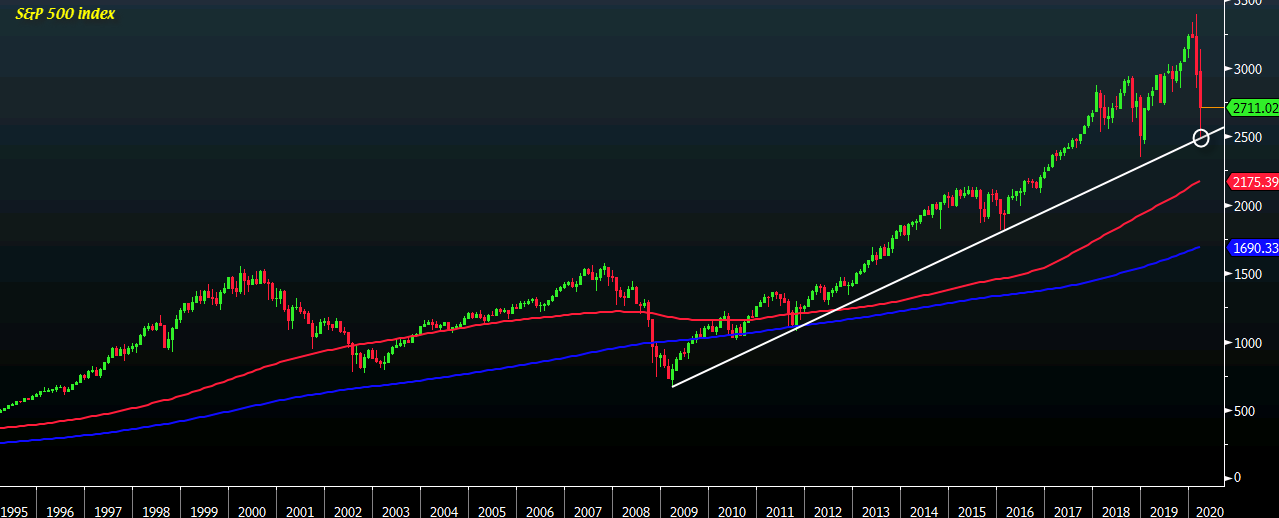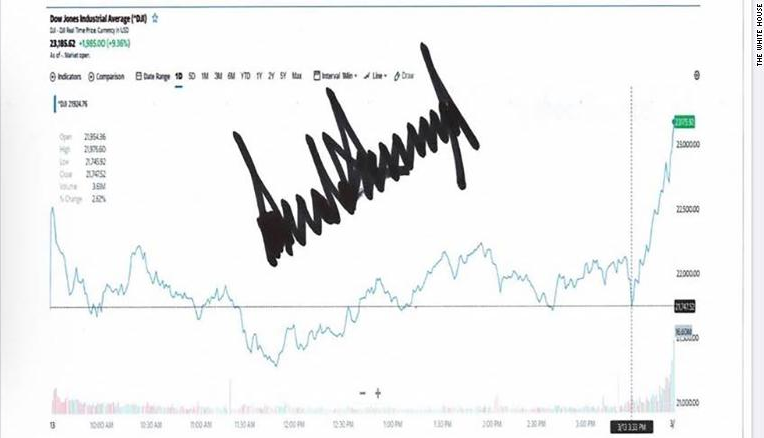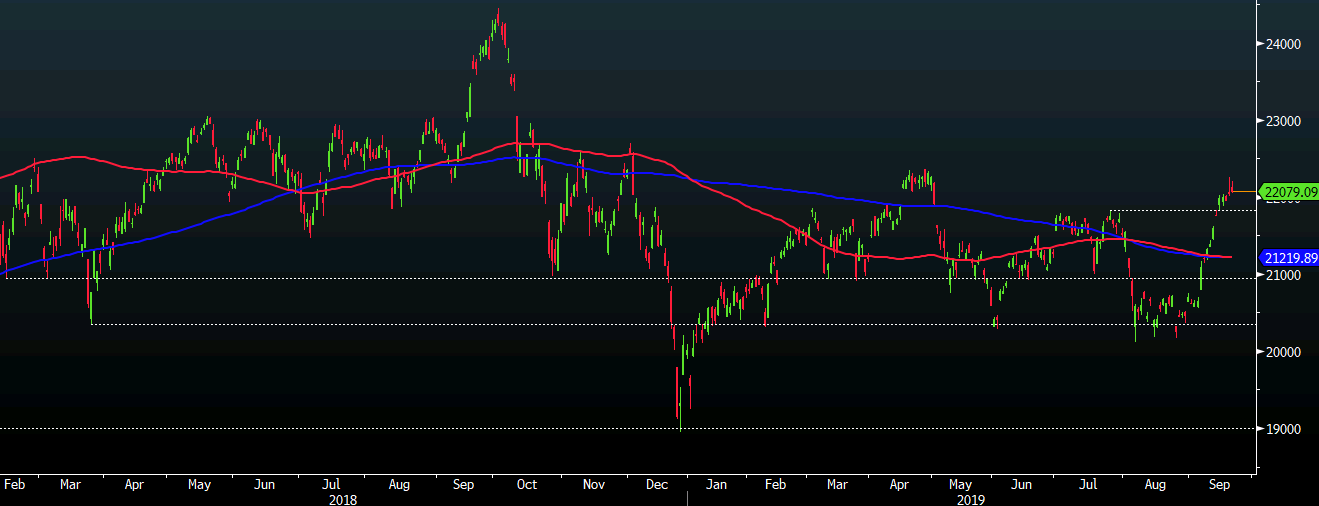The foundation of all functional trading strategies is discipline. Without discipline, you’ll be harmed by the risks of active trading. These risks include fear, greed, and missed opportunity. Only by holding yourself accountable and remaining disciplined in this current time will you be ready to achieve your trading goals.
If you put you focus in your trading strategy before learning discipline, the process of your strategy won’t really matter. Discipline is what makes successful trading strategies possible. Discipline is why technical indicators, risk management techniques, and trading principles pay off finally at the end.
It is very easy for traders to feel overwhelmed. Once losses begin to compile, it can often be very tempting to take an early exit. Once gains accumulate, it can be very tempting to press your luck. Disciplined traders aren’t distracted by any particular price movement. They realized that their trading strategies produce net gains over-time when applied correctly.
As the foundation of trading, discipline is what is going to allow you to place your trading knowledge to good use.
3 Steps to Becoming a Trading Discipline Master:
Becoming a successful trader must require time and practice. However, there are still quite a lot of things you can do to enhance your level of discipline. When designing an efficient trading strategy, keep these subsequent things in mind:
- Have a transparent set of trading discipline rules to follow— If you don’t have guidelines how will you be ready to follow them? You can’t. So, set up some rules and begin to follow them.
- Start with something easy and grow your discipline — the efficient trading strategy for you is one you fully understand. Traders are likely to lose their sense of discipline when they are overwhelmed, nervous or confused. Once you begin small and start to possess success following your rules, you’ll gain confidence. Not sure where to start? Find the best trading strategies for your needs
- Make Your Goal Following Your Rules – Traders want to get money! However, we need our foundation first. If you can’t build a foundation then you’ll never ever make money trading. So, until you master following your rules, make it your goal to follow the principles, then from there when it’s established then you start to tweak elements of your strategy which will launch you into profitability. Here you’ll learn on the way to fade the momentum in Forex





